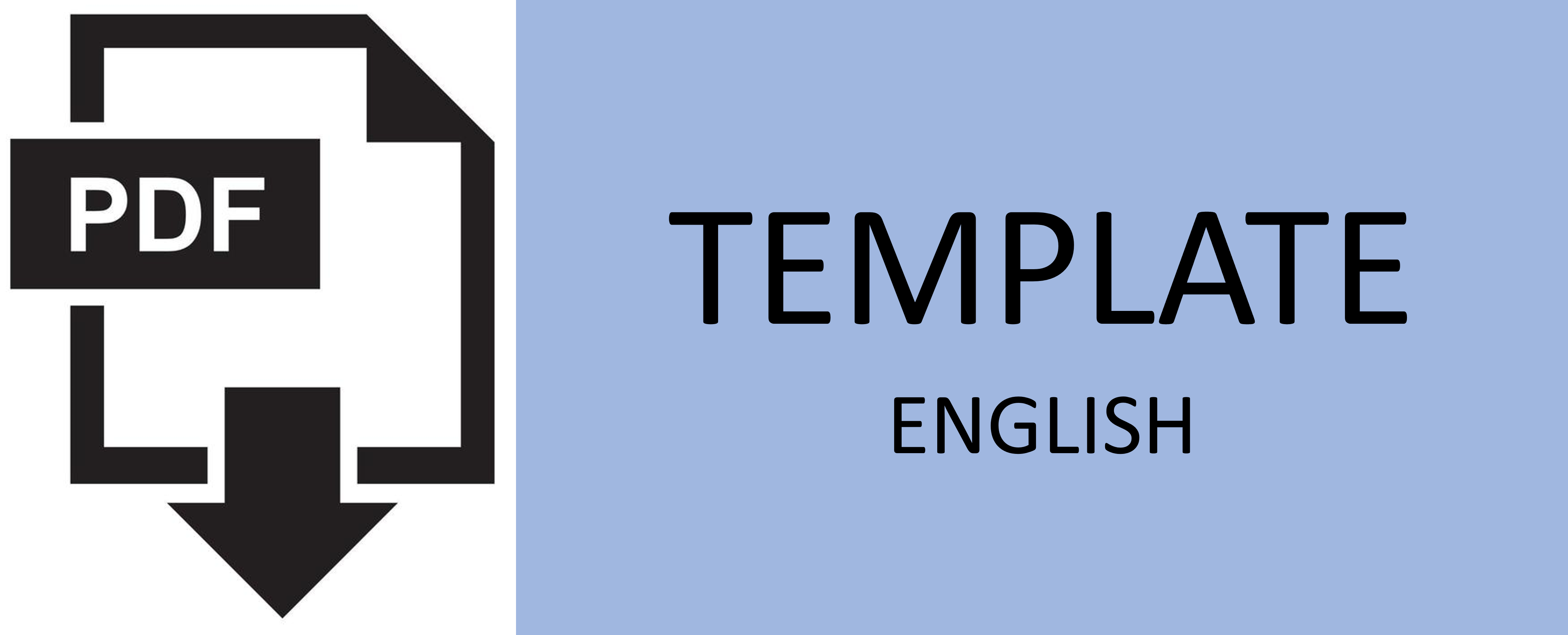The Effect of Steel Fiber Content on the Splitting Tensile Strength of steel fiber reinforced concrete (SFRC)
Abstract
Concrete is a composite material consisting of two main components namely aggregate and cement mortar as a binder. Concrete has high compressive strength but weak tensile strength. The addition of fiber in concrete can improve ductile behavior before collapse, inhibit the growth of crack expansion and increase durability. This study aims to examine the effect of fiber content on the mechanical properties of fiber concrete. The fibers used were ssteel fibers with hooked end, and l/d ratio = 67,7 mm with normal concrete quality f’c = 25 MPa. The percentage of fiber content used in this study was 0%, 0,1%, 0,2%, 0,3%, 0,5%, 0,75%, 1%, 1,5% and 2%. The results showed that the addition of fiber in concrete was able to increase the split tensile strength by 7 – 117%. Fiber concrete has higher ductility than normal concrete. This is indicated by the high deflection of fiber concrete compared to the deflection of normal concrete under load.
Keywords
Full Text:
PDFReferences
A. AL-Ameeri, “The Effect of Steel Fiber on Some Mechanical Properties of Self Compacting Concrete,” American Journal of Civil Engineering, vol. 1, no. 3, p. 102, 2013, doi: 10.11648/j.ajce.20130103.14.
A. D. De Figueiredo and M. R. Ceccato, “Workability analysis of steel fiber reinforced concrete using slump and ve-be test,” Materials Research, vol. 18, no. 6, pp. 1284–1290, 2015, doi: 10.1590/1516-1439.022915.
G. A. Luvena, M. F. Siswanto, and A. Saputra, “PENGARUH PENAMBAHAN SERAT BAJA PADA SELF COMPACTING CONCRETE MUTU TINGGI,” Jurnal Teknik Sipil, vol. 14, no. 2, pp. 85–93, Mar. 2018, doi: 10.24002/jts.v14i2.1526.
S. V. B. Reddy and P. Srinivasa Rao, “Experimental studies on mechanical properties and impact characteristics of ternary concrete with steel fiber,” in Materials Today: Proceedings, Elsevier Ltd, Jan. 2020, pp. 788–797. doi: 10.1016/j.matpr.2019.12.344.
E. K. Wibisono, C. M. Evangelica, H. Sugiharto, and G. B. Wijaya, “Pengaruh Penambahan Serat Baja Terhadap Peningkatan Kuat Kokoh Tekan, Kuat Tarik Belah Dan Kuat Lentur Murni Pada Beberapa Mutu Steel Fiber Reinforced Concrete,” Jurnal Dimensi Pratama Teknik, vol. 7 (1), no. ISSN 2598-2397, pp. 1–8, 2018.
A. Abdalkader, O. Elzaroug, and F. Abubaker, “Flexural Cracking Behavior Of Steel Fiber Reinforced Concrete Beams,” International Journal of Scientific & Technology Research, vol. 6, no. 8, pp. 273–277, 2017.
G. Campione, “Simplified Flexural Response of Steel Fiber-Reinforced Concrete Beams,” Journal of Materials in Civil Engineering, vol. 20, no. 4, pp. 283–293, 2008, doi: 10.1061/(asce)0899-1561(2008)20:4(283).
W. C. Choi, K. Y. Jung, S. J. Jang, and H. Do Yun, “The influence of steel fiber tensile strengths and aspect ratios on the fracture properties of high-strength concrete,” Materials, vol. 12, no. 13, pp. 1–11, 2019, doi: 10.3390/ma12132105.
M. A. B. Bafghi, F. Amini, H. S. Nikoo, and H. Sarkardeh, “Effect of steel fiber and different environments on flexural behavior of reinforced concrete beams,” Applied Sciences (Switzerland), vol. 7, no. 10, 2017, doi: 10.3390/app7101011.
W. Abbass, M. I. Khan, and S. Mourad, “Evaluation of mechanical properties of steel fiber reinforced concrete with different strengths of concrete,” Constr Build Mater, vol. 168, pp. 556–569, 2018, doi: 10.1016/j.conbuildmat.2018.02.164.
N. Srinivasa Rao, P. Rama Mohan Rao, and P. Jagadeesh, “Experimental evaluation of strength properties of steel fibre reinforced concrete,” Asian Journal of Civil Engineering, vol. 17, no. 4, pp. 487–494, 2016.
DOI: http://dx.doi.org/10.12962%2Fj20861206.v40i2.22836
Refbacks
- There are currently no refbacks.

Journal of Civil Engineering is licensed under a Creative Commons Attribution-ShareAlike 4.0 International License.







.jpg)